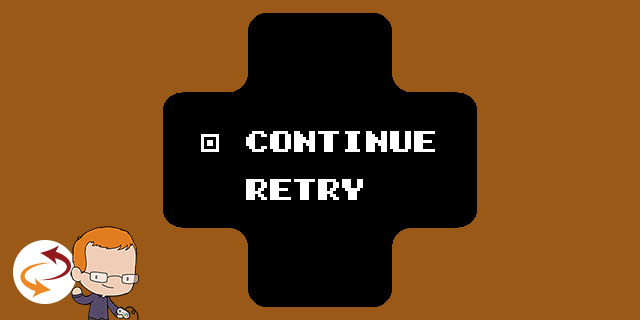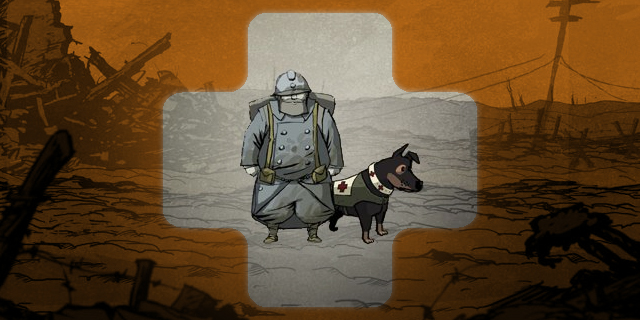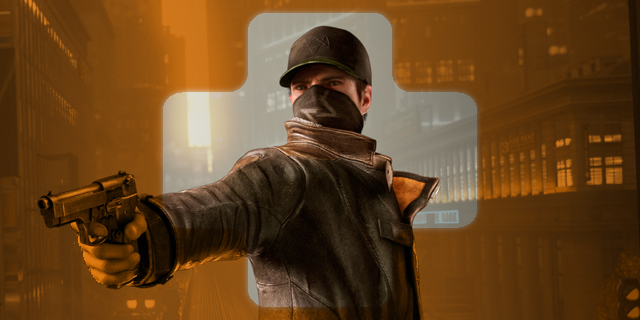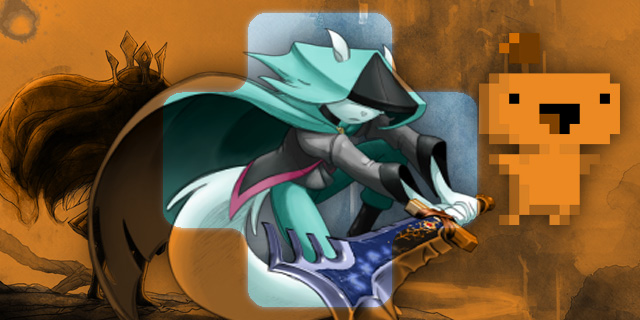
Spoilers for Transistor ahead! Don’t read on if you haven’t finished the game and want to keep those last moments a complete surprise.
Let’s talk about Transistor. It’s a game I love, but not entirely for the reasons I expected to. At first, I found myself put off by its combat and story that seemed to constantly keep you far enough away to learn anything. Slowly but surely the pieces began to fall into place, revealing a late game section that began to change things dramatically. But this isn’t about those moments. This is about two characters and most importantly how Supergiant managed to turn an unorthodox relationship into the game’s greatest strength.
As with Bastion before it, there are plenty of worthwhile moments prior to its ultimate conclusion, but its conclusion is, ultimately, what matters most. READ MORE

Snackbar Games’ column carousel wraps up with Graham Russell taking a break from Multitap and Gaijin Guide to pen this edition of New Game+.
When faced with taking the baton from Andrew for a week and delving into the deeper sorts of topics in game design, I knew I had to write something about menus, because the topic is a very crucial one to everything I love. Set aside for a moment my graphic design day job, too: menu systems and general interface design can make or break local multiplayer experiences, as new players need to be able to dive in immediately, and they’re also crucial to playing import games, as if it’s done right, you know what each button and item does without having to understand any of the language. But even outside of those contexts, it’s a crucial thing, because the easiest way to keep people from enjoying a fundamentally good game is to frustrate them before they can learn the ropes. READ MORE

When attempting to recreate historical events in video game form, few actually succeed, often relying on a base understanding of history in order to provide a well-rounded experience appealing to a broader audience. These games seemingly sacrifice accuracy for entertainment and potentially lose something in the process. Ubisoft’s Valiant Hearts is a title that surprised me for a multitude of reasons, but its focus on utilizing historical facts in an otherwise-fictional representation of World War I is what stood out to me the most, creating an experience that felt authentic despite its cartoonish exterior.
READ MORE

Remember E3 2012? Okay, yeah, you probably don’t. It was the year before the announcement of the now-current generation of consoles, leaving us with another slew of games for our old machines and ultimately turning the show into a bit of a slog as a result. One game stood out and surprised just about everyone though, and that game was Watch Dogs. It was a brand new, original title from Ubisoft, and the reveal trailer was something to behold.
Not only did it seem like the first “next generation” title technically, it was conceptually brilliant as well. Sure, some groaned when Aiden, the main character, inevitably pulled out a gun to deal with some adversaries, but the potential for something different was there.
READ MORE

I often hear from some people that a game’s visuals are less important in the grand scheme of things. They don’t matter as long as the game is engaging or enjoyable in some regard. I once believed this, falling behind the same lazy credence when discussing certain titles. Nowadays, I find this belief silly. A game’s visual style can draw you into its world immediately almost as quickly as it can keep you away. It’s the most obvious thing, and yet it seems rarely discussed.
Games are praised for their visuals, sure, but an amazing, well-established art style can go a long way. Sometimes we tend to forget that.
READ MORE
























